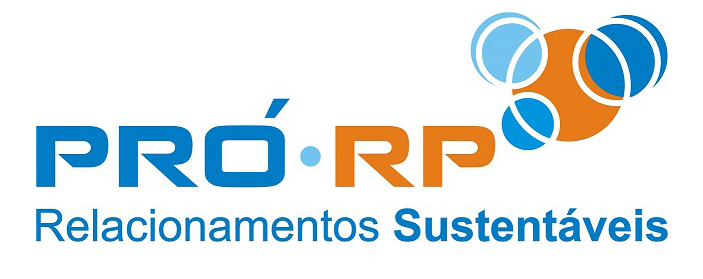He currently researches and teaches economic sociology and the social studies of finance at the Hebrew University in Jerusalem. What’s more, various other tax regimes have been enacted to prevent tax dodges by the rich, and those too could be at risk, according to Callas. In other words, it’s not just the Moores’ one-time tax at risk in this case.
- These are investments that a company plans to sell quickly or can be sold to provide cash.
- The payment is considered a current asset until your business begins using the office space or facility in the period the payment was for.
- Inventory—which represents raw materials, components, and finished products—is included in the Current Assets account.
- Current assets are used by companies to pay for near-term operating expenses.
- This can help a company improve its financial health and avoid defaulting on its loans.
These outstanding customer balances are expected to be received within one year. These are payments made in advance, such as insurance premiums or rent. Over 1.8 million professionals use CFI to learn accounting, financial analysis, modeling and more.
Do you already work with a financial advisor?
In the scenario of a company in a high-risk industry, understanding which assets are tangible and intangible helps to assess its solvency and risk. If assets are classified based on their convertibility into cash, assets are classified as either current assets or fixed assets. An alternative expression of this concept is short-term vs. long-term assets. Current assets are assets that can be converted into cash within one fiscal year or one operating cycle. Current assets are used to facilitate day-to-day operational expenses and investments.
When the current ratio is less than 1, the company has more liabilities than assets. Should all of its current liabilities suddenly become due, the value of its current assets would https://business-accounting.net/ not be enough to cover the needed payments. Although prepaid expenses are not technically liquid, they are listed under current assets because they free up capital for future use.
Is It Better to Have Assets or Cash?
The current ratio evaluates the capacity of a company to pay its debt obligations using all of its current assets. The quick ratio can be interpreted as the cash value of liquid assets available for every dollar of current liabilities. Current assets play a big role in determining some of these ratios, such as the current ratio, cash ratio, and quick ratio.
A negative working capital, on the other hand, means that the company does not have enough current assets to pay its current liabilities. Inventory items are considered current assets when a business plans to sell them for profit within twelve months. It is important to note that the current ratio can overstate liquidity. This is because the current ratio uses inventory, which may or may not be easily converted to cash within a year (this is the case for many retailers and other inventory-intensive businesses). Perhaps Nintendo has fortified itself with cash, because memories of the 1980s crash of the video game industry are still fresh. During that time, video game companies lost hundreds of millions of dollars and laid off thousands of employees as demand dropped and sales plummeted.
This tells us about a company’s liquid assets in relation to its short-term liabilities, and is also known as the “acid-test ratio.” Current assets indicate a https://kelleysbookkeeping.com/ company’s ability to pay its short-term obligations. They are an important factor in liquidity ratios, such as the quick ratio, cash ratio, and current ratio.
Which of these is most important for your financial advisor to have?
Get stock recommendations, portfolio guidance, and more from The Motley Fool’s premium services. Ask a question about your financial https://quick-bookkeeping.net/ situation providing as much detail as possible. Your information is kept secure and not shared unless you specify.
Uses of Current Assets
We follow strict ethical journalism practices, which includes presenting unbiased information and citing reliable, attributed resources. The articles and research support materials available on this site are educational and are not intended to be investment or tax advice. All such information is provided solely for convenience purposes only and all users thereof should be guided accordingly. Current assets usually appear in the first section of the balance sheet and are often explicitly labelled.
Cash
These are more traditional assets, such as stocks, bonds, and real estate. When looking at an asset definition, you’ll typically find that it is something that provides a current, future, or potential economic benefit for an individual or company. An asset is, therefore, something that is owned by you or something that is owed to you. A $10 bill, a desktop computer, a chair, and a car are all assets. If you loaned money to someone, that loan is also an asset because you are owed that amount. Current assets are referred to as current because they are either cash or can be converted into cash within one year.
Personal Assets vs. Business Assets: An Overview
If a company’s operating cycle is longer than one year, the length of the operating cycle is used in place of the one-year time period. Tangible fixed assets are those assets with a physical substance and are recorded on the balance sheet and listed as property, plant, and equipment (PP&E). Intangible fixed assets are those long-term assets without a physical substance, for example, licenses, brand names, and copyrights.
